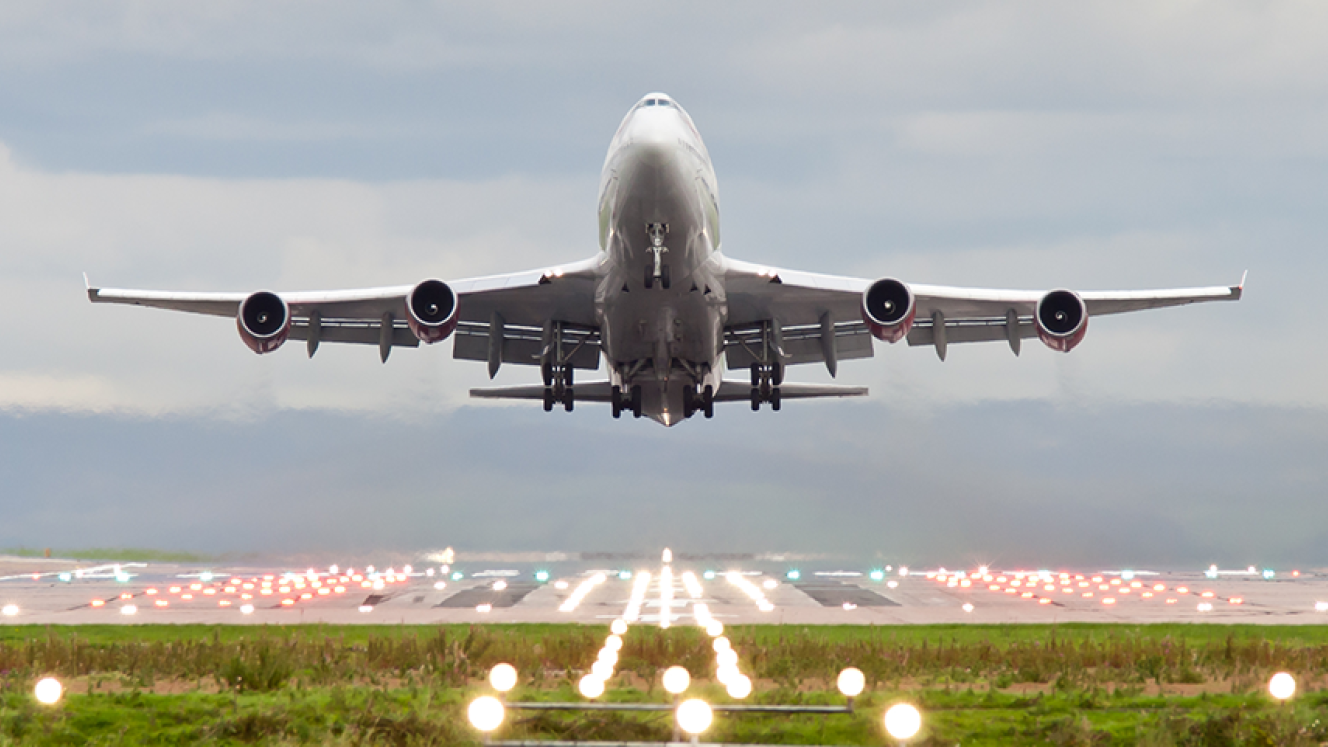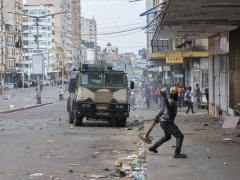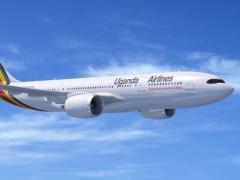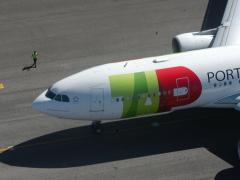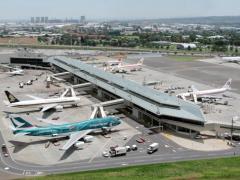As international conflict zones increase, airlines are being forced to reroute flights to avoid dangerous airspace. This often results in higher operational costs and a range of other challenges.
Airspace closures around Russia and Ukraine, across the Middle East, between India and Pakistan and in parts of Africa such as the Sahel region and Democratic Republic of the Congo (DRC), are leaving airlines with less choice when it comes to viable flight paths.
“Airspace closures can be quite disruptive. Airlines have to find alternative routings that avoid specific countries’ airspace or sections of airspace. In some cases, this puts routing out of the technical capabilities of the aircraft, and in others may make the extended routings economically unviable,” explains aviation consultant, Sean Mendis.
International connectivity
Recent developments in the Middle East have added further pressure on global air traffic. Emirates, Qatar, Etihad, Turkish, Lufthansa, Air France-KLM, and Ethiopian have all announced cancellations for flights to Iran, Israel, Iraq, Jordan, Lebanon and Syria.
“Customers connecting through Dubai with final destinations in Iraq, Iran, Jordan, and Lebanon will not be accepted for travel at their point of origin until further notice,” Emirates said in a notice. “We continue to closely monitor developments. The safety of our passengers, employees and operations will always be our top priority.”
Additionally, all international airlines are rerouting around these countries’ airspaces to maintain services to Central Asia and Europe, resulting in longer flight times and higher fuel costs.
Mendes explains that this is particularly difficult for European and UK carriers because they presently cannot fly over Russia. Combined with the closures in the Middle East, there has been a reduction in flights to Asia.
Airspace retaliation
Experts at IATA’s AGM in May, warned that not only did the closures pose a safety risk to passengers and a financial burden to airlines, but air closures were increasingly being used as a tool to address political conflict.
“Airspace should not be used as a retaliatory tool, but it is," Nick Careen, IATA Senior VP for Operations, Safety and Security, told reporters at the IATA AGM.
Recent examples included Pakistan’s exclusive closure of airspace to Indian-registered aircraft and vice-versa, Russian and Ukrainian airspace closures to European carriers, Sahel region airspace closures to French carriers and even the DRC’s airspace closure to Rwandan aircraft, said Mendes.
Regional connectivity
“RwandAir is particularly badly affected by the airspace closure by the DRC to Rwandan aircraft, due to geography. Any of its routes heading West from Kigali have to overfly the DRC, or else go all the way around it,” explained Mendes.
He said this also affected routes to destinations like Ghana and Nigeria, as the airlines would need larger, longer-range aircraft to operate around DRC airspace.
Mendes said it could create a commercial advantage for carriers that could offer shorter routings, even those that require connecting flights, compared with the longer non-stop options now needed.
